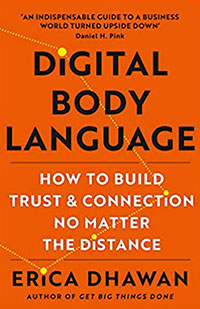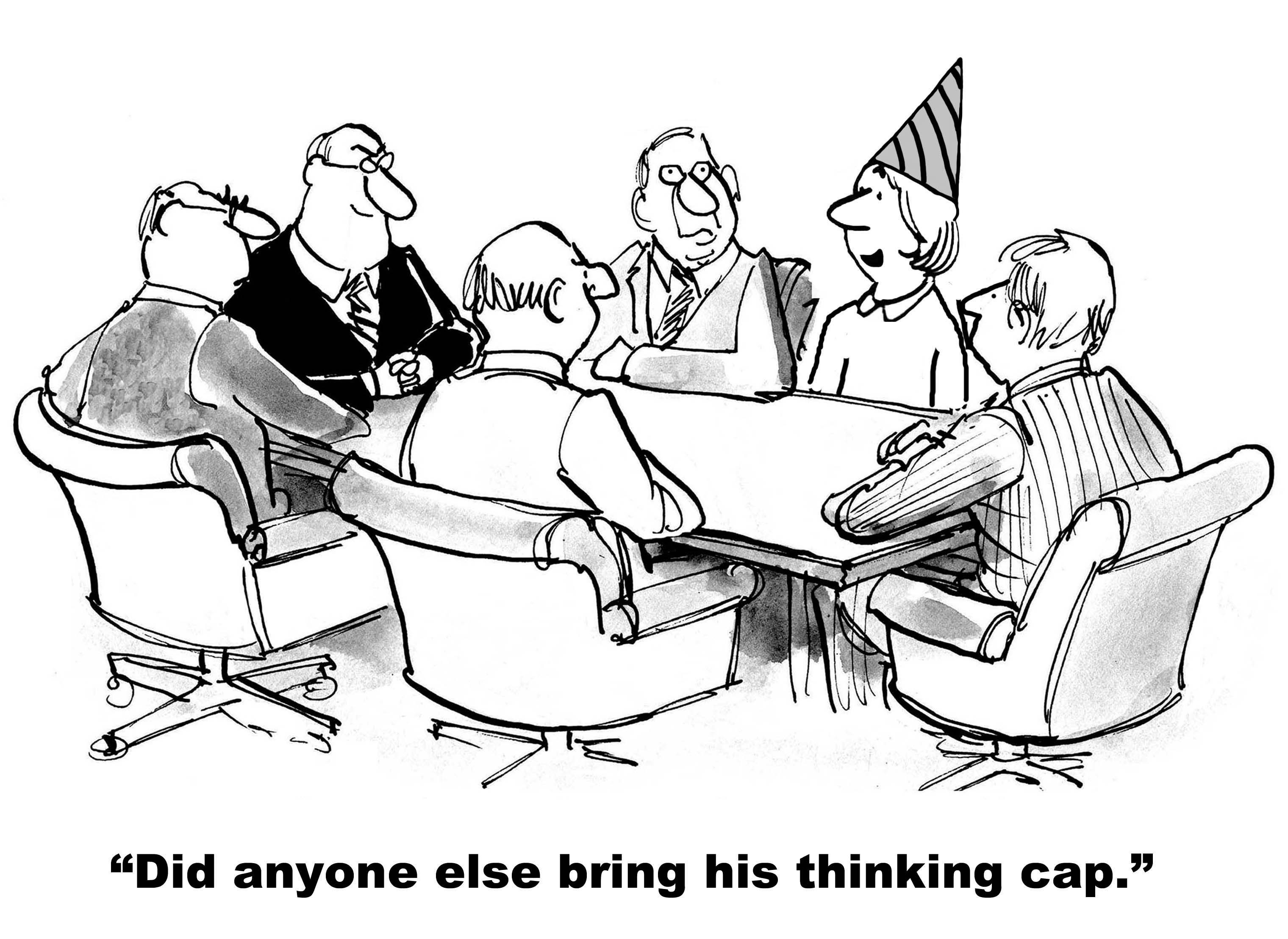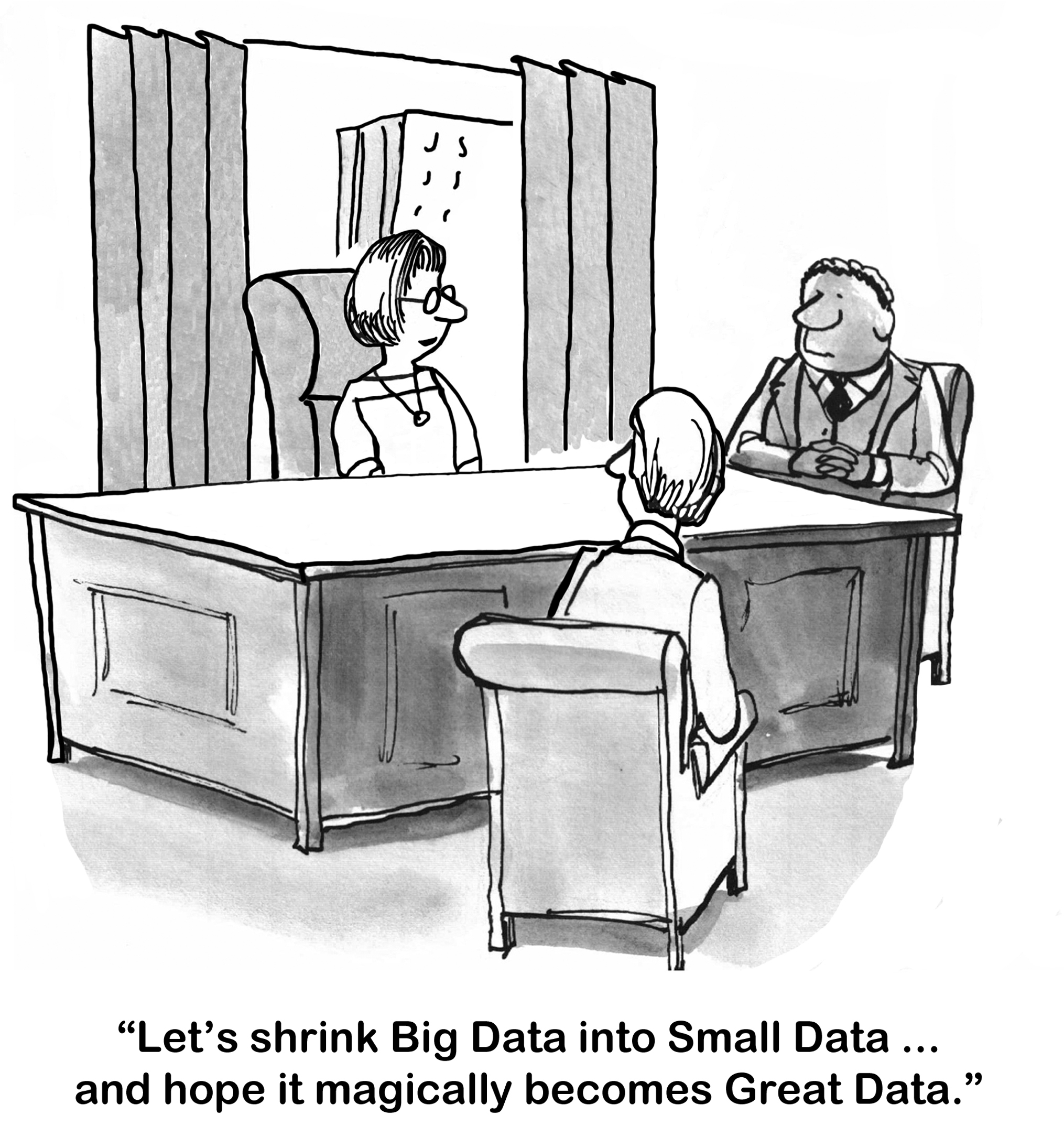1 Need to renew and learn afresh
Sales hadn’t got its professional name as yet. The 1880 Census said USA had 53,500 “hucksters and peddlers” - 51,000 men and 2,500 women (who, by the way, were magnificent booksellers) There were also other salesmen of vending petty goods—small, inexpensive, and easily manufactured items, like books, atlases, and lightning rod. “Itinerant salesmen from other industries” says the paper “joined these petty-goods sellers on the road. Manufacturers of more expensive machinery, such as weighing scales, sewing machines, and harvesting equipment, had begun to deploy canvassers by the mid-nineteenth century”. All had to perfect their techniques. “ The scene isn’t too different now. A hybrid model of virtual and in-person selling, is forcing the salespeople of all hues to renew and perfect many of the familiar sales tools and techniques.
2 Time for mastering the new ‘customs of human interaction’
The paper points out “Selling was also about the ability to navigate a series of informal rules, such as codes of human conduct and behavior and customs of politeness and courtesy. Canvassers had to master, and exploit, common customs of human interaction that were part of the contemporary culture” With the pandemic rewriting how people interact and do business, it is time to go back 150 years and master once more, like our forebears, the new ‘customs of human interaction’
3 Lessons on Assertive Selling, Price Presentation and Objection Handling
In 1875, an Ebenezer Hannaford, author of books on Spanish American wars, published a manual ponderously titled Success in Canvassing; A Manual of Practical Hints and Instructions, Specially Adapted to the Use of Book Canvassers of the Better Class. The manual offered skill building ideas that can come off any book on sales published today. “The key to a good canvass, the manual suggested, was to maintain control … Language itself was not to be flowery, but “concise, direct, forcible.” Doesn’t that sound like assertive selling taught in contemporary sales training?
The manual’s ideas on price selling also haven’t changed in over a century. “NEVER mention the price until you have done your best in showing the Prospectus” it suggested to the salesperson selling books “If previously asked, pleasantly evade the question, (or still better, ignore it). Say something like this: ‘Well, most books, you know, of this size and finish sell at $— to $—; but we don’t ask any such price as that.’” We would call that a “still later” strategy of price presentation, a lesson salespeople have to learn over and over
Astonishingly, objection handling is one more skill that has hardly changed in character. “If the prospect offered any objection during the sales pitch, the manual contained ready answers. The agent was usually advised to handle these complaints by agreeing with the prospect—by stating that the prospect had a reasonable objection— but then turning it to advantage. It was not useful to argue with the prospect or to be too eager to dismiss a complaint”
4 ‘Endowment Effect’ from 19th Century sales
The Wharton paper shines a light on how sales scripts of the 1800s, recognized that farmers, and other prospects, were particularly concerned with preserving their property and their status quo. It was a time of great mobility, both social and economic, and in such times, the fear of loss seemed to have a stronger appeal than the promise of riches. But that’s an insight every present-day sales professional can use in selling. Called ‘endowment effect’ by behavioral economists, it refers to the human bias in favour of ‘loss aversion’ over ‘ownership’. People are generally reluctant to give up something they own already. Giving Customers a taste of owning the product experience is seen to hugely improve conversions.
5 Sales was always about persuasion
The Wharton paper notes that the sales scripts used by businesses in 1800s were heuristic devices, written to help salesmen solve the “problem” of selling. They also prove that selling was hard then, as it is now. Mere memorization of pat answers was not enough. The seller had to have something else—something harder to define: an energy, confidence, and enthusiasm. This was at the very heart of selling. Persuasion was a subtle art; gesture and nuance were critical. Little has changed on this
6 Prospecting tips, Power of Influence and Need for Social Proof
Another story is that of Henry B. Hyde, who founded Equitable Life Assurance Company in 1859 and went on to write a book Hints for Agents that had sales pitches to match almost every imaginable sales situation. The book encouraged agents to insure “all their friends, to persuade local clergymen to help insure their flock, to view all marriages and funerals as possible sales situations” Can you think of a more detailed prospecting tip?
“Influence” was a recurring word in late nineteenth century sales manuals, says the Wharton paper. It quotes one such manual to demonstrate the importance of influence in selling: “If you should ask the progressive steps of success in canvassing, we should have to answer with similar iteration, influence, Influence! INFLUENCE!! You can convince the most obstinate, mollify the most prejudiced, and win the most crabbed, if you can only bring to bear enough Influence of the right kind.” ! 9th century sales seems to have anticipated Cialdini’s ideas!
One other quote in the Wharton paper suggests brilliant use of testimonials in selling. It suggests - “The majority of people are afraid to trust their own unaided judgment about buying a book; but show them that Dr. A. and Rev. Mr. B., or Judge C.and Professor D., or Colonel E. and Squire F—have taken your work, and you will decide them immediately” The strategy advised was to get orders from prominent townspeople, securing testimonials from them. Today’s digital marketing would call it social proof
7 3-Step Selling Process and Ability to Help Customer Identify Latent Needs
The Manuals of 1800s also contained a theory, called “the philosophy of canvassing,” about the basic steps of selling which conceived of selling as a three-step process, that remains largely unaltered to this day: First—Gaining a Hearing; Second—Creating Desire; Third—Taking the Order. “The ‘philosophy’ is of interest” comments the Wharton paper “because it assumes the need to ‘create’ demand”. The economy, from the viewpoint of 19th Century sales people, did not follow Say’s Law, which states that supply creates its own demand” Clearly, sales can inspire latent needs Customers may not have recognized ( See our Snippets Story )
It’s renewal time once more, like it was 150 years ago.
Or 100, 80 or 10 years back – as it was soon after the Spanish flu of 1918, the 1939 Great Depression, two World Wars or the financial crisis of 2008. Sales has seen and beaten them all. As Customers exiled from markets step out of the shadows of the pandemic, it’s time again to sharpen skills with these 150-year-old stories, for one more comeback. Because sales is resilient and selling is beautiful. Always.














